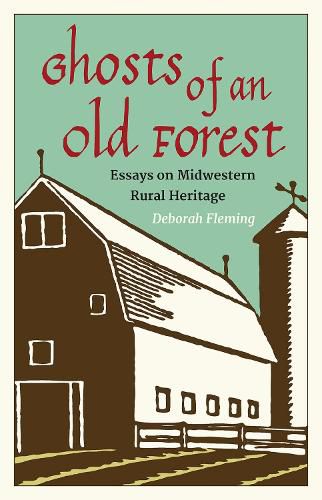Readings Newsletter
Become a Readings Member to make your shopping experience even easier.
Sign in or sign up for free!
You’re not far away from qualifying for FREE standard shipping within Australia
You’ve qualified for FREE standard shipping within Australia
The cart is loading…






In the Ohio counties of the Alleghany Plateau, 19th-century barns hewn from old-growth wood rest near remnant forests, reminders of the state's deep agricultural roots and rich ecological past. Through fourteen linked, meditative essays, Deborah Fleming, author of the award-winning Resurrection of the Wild: Meditations on Ohio's Natural Landscape, persuasively and passionately argues for protecting these vestiges of the region's natural and rural history.
Fleming describes domesticated and wild nature on her farm; delves into Ohio's rich history of agriculture; tackles the issues of litter and pollution; decries the practice of hydraulic fracturing (or "fracking"); and reflects on changes in communities bordering rivers, which are often the most exploited by extraction industries.
The result is an evocative collection, which traces Ohio's natural and cultural history--and serves as an urgent call to preserve its splendor.
$9.00 standard shipping within Australia
FREE standard shipping within Australia for orders over $100.00
Express & International shipping calculated at checkout
In the Ohio counties of the Alleghany Plateau, 19th-century barns hewn from old-growth wood rest near remnant forests, reminders of the state's deep agricultural roots and rich ecological past. Through fourteen linked, meditative essays, Deborah Fleming, author of the award-winning Resurrection of the Wild: Meditations on Ohio's Natural Landscape, persuasively and passionately argues for protecting these vestiges of the region's natural and rural history.
Fleming describes domesticated and wild nature on her farm; delves into Ohio's rich history of agriculture; tackles the issues of litter and pollution; decries the practice of hydraulic fracturing (or "fracking"); and reflects on changes in communities bordering rivers, which are often the most exploited by extraction industries.
The result is an evocative collection, which traces Ohio's natural and cultural history--and serves as an urgent call to preserve its splendor.